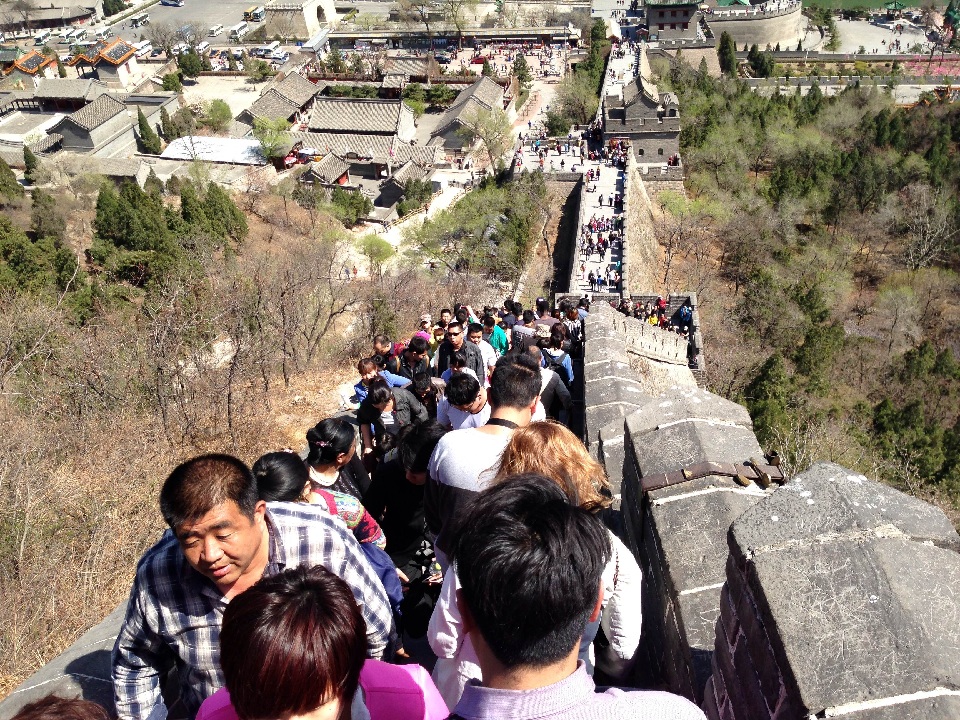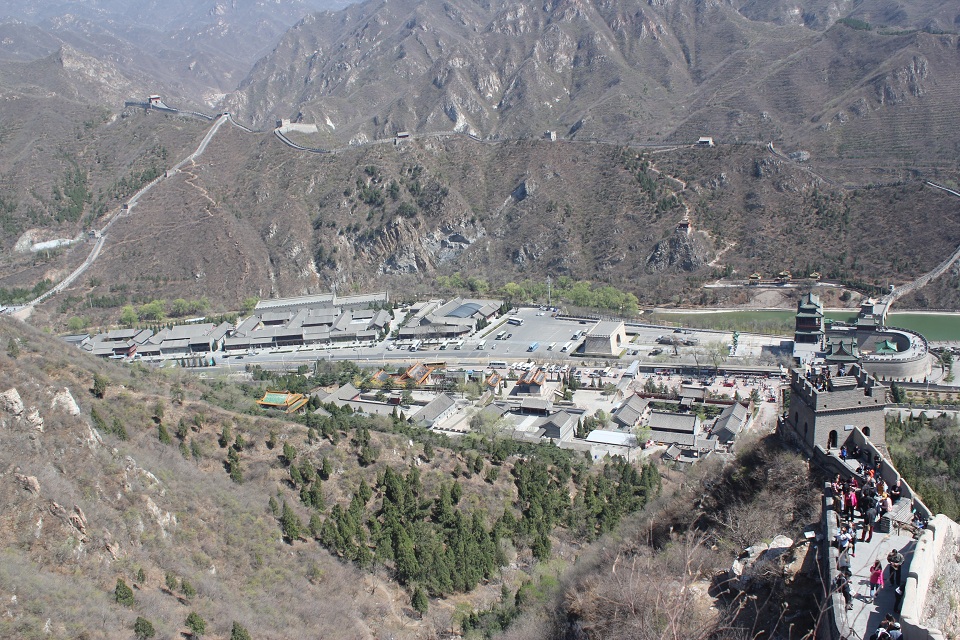Filtered By: Lifestyle
Lifestyle
Walking the Great Wall of China
Text and photos by XIANNE ARCANGEL, GMA News

The tourist crowd at the Great Wall tends to be larger on weekends and holidays.
While traveling to Beijing in spring meant I did not have to endure its unforgiving cold weather, I still had to bundle up in three layers of clothing for my trek to Badaling, the most popular among the sections of the Great Wall that are open to the public. Located 1,000 meters above sea level, the Badaling section was a strategic and important military outpost in ancient times, when China was under threat from Mongol invaders.
Appreciating the Great Wall’s grandeur was not like falling in love at first sight. I felt overwhelmed by the thousands of stairsteps that greeted me upon setting foot in Badaling. My initial goal of getting as far as I could until our tour bus was as small as a pinprick in the distance immediately vanished when I saw how the walls seemed to stretch for infinity. I would have to climb for at least a kilometer just to get to the first beacon tower—and that was just at the lower part of the mountain.

Badaling is one of the well-preserved sections of the Great Wall.
Even though it was spring, the temperature at the mountain was far from being warm; it was 13 degrees Celsius at noon. For someone who grew up in the sunny tropics, the cold weather was enough to make my teeth chatter. I had to stop climbing at several points not out of exhaustion, but because the wind would suddenly blow and send shivers down my spine.
Beacon towers
Similar to what I observed while touring the maze-like Forbidden City, there are no signs along the Great Wall telling anyone when to stop climbing. I was hoping to see a sign that read “Congratulations! You’ve trekked one-fourth of the Great Wall!” after two hours of going up what seemed to be an endless flight of stairs, but there was none.

The author at the Great Wall.
It was only after I gazed down the Great Wall’s length at the last beacon tower I reached that my appreciation for its grandeur grew. At a time when no heavy machinery was invented yet, several thousands of workers were able to transport bricks and granite up these mountain ranges to build those walls, which stretched as far as my eyes could see.
For a moment, what I learned in my Asian history classes became alive as I imagined thousands of soldiers manning the beacon towers and watch towers each night to protect Imperial China from invading Mongol tribes.
Although I only climbed a tiny fraction of the Great Wall, I consider it a feat to have reached a height where I was able to better admire its beauty. I may not have bought a souvenir trinket or shirt proclaiming my “achievement” of conquering the wall, but my stories and photos from the tour are far more lasting proof that I was able to experience an enduring piece of history up close. — BM, GMA News
Tags: greatwallofchina, china
More Videos
Most Popular




